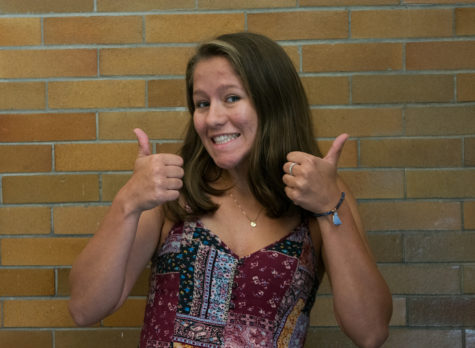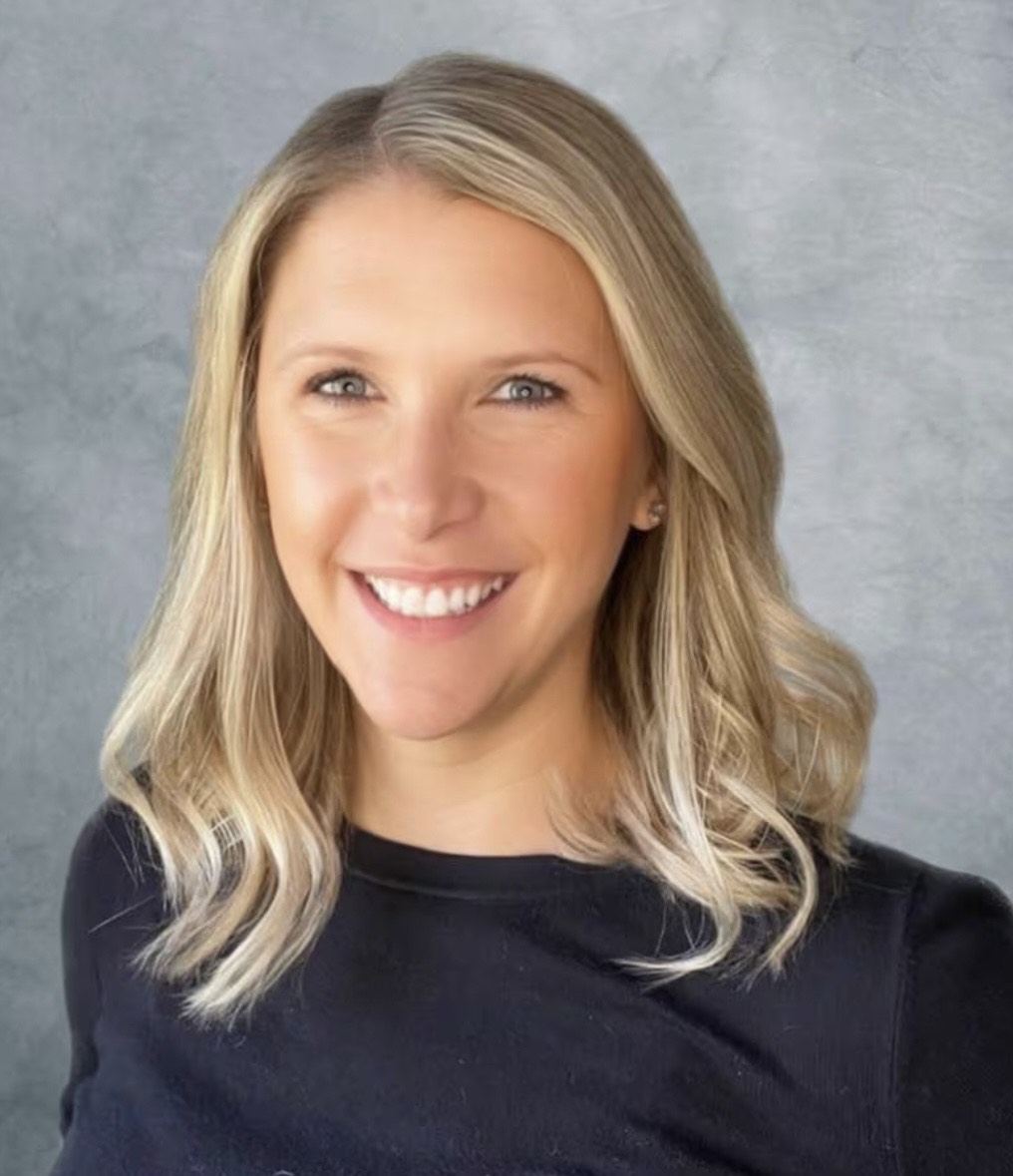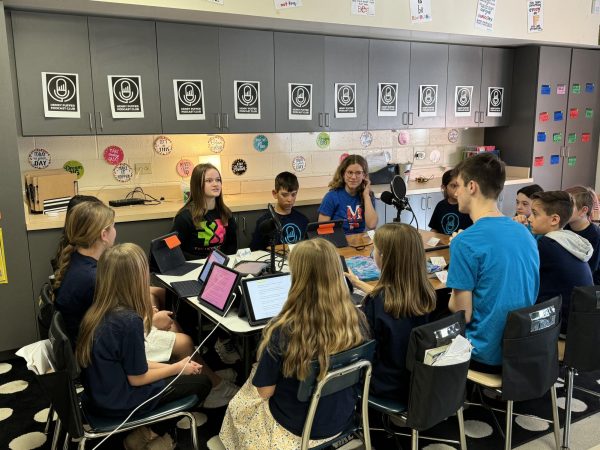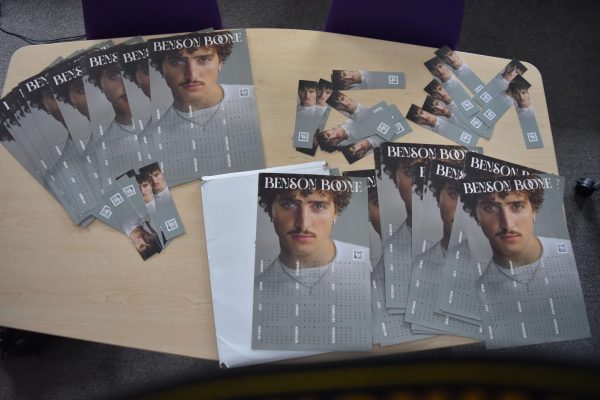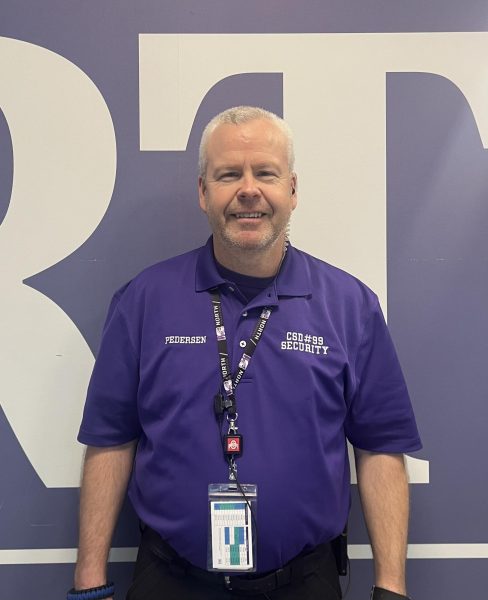Math resource utilizes new question asking system
January 31, 2017
At the beginning of the year, students received information about new question asking policies in the math resource. While teachers and aides do not require students to use this policy, it is strongly suggested to help the student and teacher understand the content better.
Principal Janice Schwarze and math department chair Jonathan Heldmann discussed creating this policy when Schwarze moved into her position as principal. Heldmann then presented the idea to his department and they collectively created the specific policy and questions. The policy contains four questions aimed to help the student understand what they don’t know, instead of just asking about the entire problem.
“We’ve seen a slight decline in the number of students coming because we’re not just having it as an open work area anymore. [In] the students who are coming we’ve seen an improvement in their ability to understand the material because they’re having to think about the material and what they do actually know without just being told everything about it,” Heldmann said.
Senior Jack Scacco has aided in the math resource since his junior year. When helping another student, he first likes to check that he knows the problem, then have the student describe their thought process to him so that he knows what they understand. Scacco has seen a rise in the attendance of the math resource which may because he aides during a lunch period.
“I think, especially for people who aren’t really good at math and don’t have a solid thought process, it’s a good way for people to start taking a step in the right direction,” Scacco said.
Junior Miles Christensen frequently utilizes the math resource during first period to help with Calculus BC homework.
“I’d say it’s effective because it helps to teach them instead of just giving them the answer. It’s a better way to have them learn the material they don’t know,” Christensen said.
In May Heldmann plans to evaluate the effectiveness of this policy by surveying students who frequently visit the math department and his teachers. Teachers will report whether they saw improvement in the comprehension of their lessons with this new policy. After all the reports are collected, Heldmann and Schwarze will decide whether they would like to continue this policy.
“I appreciate that the students and teachers have been willing to try something new. It’s always difficult to change but it really is designed to help kids take ownership in getting the help they need while still getting that help and it’s working pretty well,” Heldmann said.

